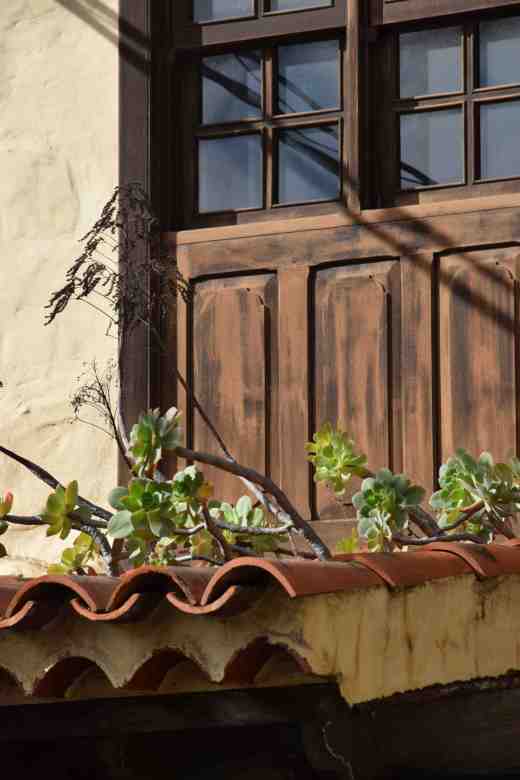Cats, Cathedrals and crassulaceae
This is the last holiday post before it all gets tiresome, although some photos of sun may help dispel the winter gloom and bring a bit of warmth on a cold day. Puerto de Mogan is the place I stayed, in the relatively uncommercial south west of Gran Canaria and although there are hotels here and the marina and development is relatively new and does not quite measure up to the frequently used ‘Venice of the Canaries’, there is actually a real fishing village here, not far from the surface (and ascending the hillside in the photo above).
And one morning I ascended the hillside to a viewing point above the village to get a cat’s eye view. As we got to the top we were joined by three very friendly cats. (Most of the cats were friendly since we always had a pack of cat treats in our pocket, just for these casual meetings)
There was bossy cat…
…Scaredy cat…
…and Cute cat.
Travel up the barranco and just before you get to the town of Mogan you reach Molino de Vienta, a cluster of dwellings around an old windmill. Recently restored (1998), it is thought to have been the largest windmill ever to have been built on the island. Worth a quick stop, you can look inside. What made me stop though was the collection of giant household implements scattered around it.
What the story is behind them is a mystery to me! Very odd!
We finally plucked up courage to drive to Las Palmas, the capital. It seems very easy to get lost on major, city roads but we let the sat nav get us to the south of the city, near Vegueta, the old town district that was our destination, dumped the car and followed our nose. With the coast to the east we knew that as long as it was on our left we would be heading the right way! But the coastal path gave great views of the port.
Vegueta is a popular tourist area because of the many old and traditional buildings.
The most notable is the Catedral Santa Anita. Work began on this is 1497 but it was not completed for centuries. But it is one of the most important pieces of architecture in the Canaries.
The associated buildings hold a museum of religious works which, to a lapsed protestant were intriguing and frequently bizarre.
Just around the corner is the Casa de Colon which is not the ‘house of digestive systems’ but ‘the house of Columbus’ since it is said that Christopher Columbus stayed here in 1492 when his ships were being repaired. Inside is a museum that we did not visit.
And so to some plants. Many plants are associated with the Canaries and, after the giant echiums, perhaps none more so than the aeoniums or ‘tree houseleeks’. These shrubby plants vary enormously in size and while some thrive in full sun, many seeding themselves on roof tiles, others prefer to grow in shady, moist spots but always with perfect drainage.
The individual rosettes always terminate in a cone of flowers and then die but while some are unbranched, others form longlived bushes.
Aeoniums are fairly easy to grow but none can tolerate frost.
And lastly (really this time) I found this odd lichen that looks like fag ash and tar – very odd. If anyone knows anything about it I would be glad to know.
Tomorrow – normal service is resumed.






















More good shots
Thank you:)
its amazing what the cat treats can do . loved seeing the houseleeks growing so natural , looks like it was a great holiday . I enjoyed your sunny photos ty .
It is! I don’t know what they put in them but they certainly make cats happy – as you know:)
If only there really was a stovetop espresso maker that size. What a wonderful world it would be!
lol – indeed 🙂 And appropriate there because the coffee is not good. We packed an aeropress in the suitcase to make coffee in the room – one of my better ideas 🙂
Now THAT’S vacation planning! ☕️☕️